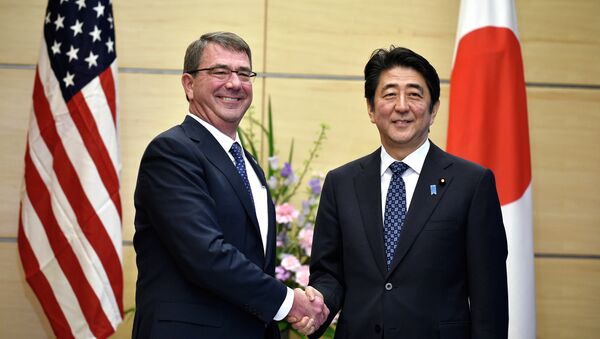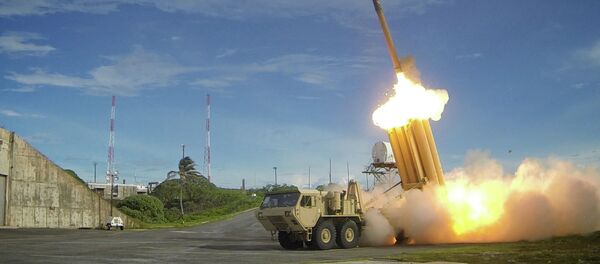According to the new draft guidelines, the two nations will increase their deterrence power against China by collaborating in the event of emergencies on the remote islands, called Senkaku by Tokyo and Diaoyu by Beijing, which maintains that the territory belongs to China, reported Japanese newspaper Yomiuri Shimbun.
Patrol vessels and fighter jets from both China and Japan often encounter one another near the tiny uninhabited islands, raising fears of possible escalation.
The new defense guidelines, which were revised into their current form in 1997, also include details about Japan’s Self-Defense Forces’ logistical support to US forces, should an emergency occur on the Korean Peninsula, the paper reported.
The plan comes amid what Japanese reports call China’s unilateral ocean advancements in the East China Sea near the islands, and in the South China Sea.
During his visit to Japan a year ago, US President Barack Obama confirmed that the Senkaku Islands are already covered by the Japan-US Security Treaty, stating that the US must defend Japan if the nation faces an armed attack. However, it is unclear to what extent American forces would be involved should a conflict occur between Tokyo and Beijing.
US Defense Secretary Ashton Carter reaffirmed that commitment last week in talks with Defense Minister Gen Nakatani in Tokyo.
"I also reaffirmed President Obama's July 2014 commitment to apply our security treaty to all areas under Japanese administration and our continued strong opposition to any unilateral coercive action that seeks to undermine Japan's administrative control of the Senkaku Islands," Carter said.
The new guidelines will ensure the engagement of the US in asset protection, joint warning and surveillance activities and defense against ballistic missiles, even during peacetime, none of which are included in the current guidelines.
The two governments are scheduled to meet in the US on April 27, to decide on final revisions to the document.




